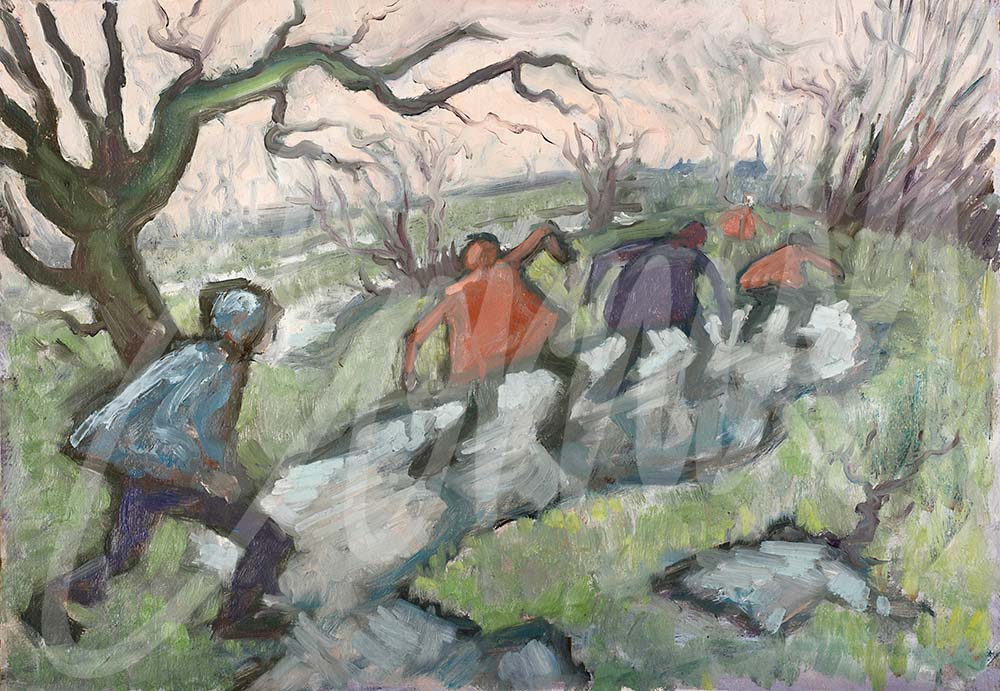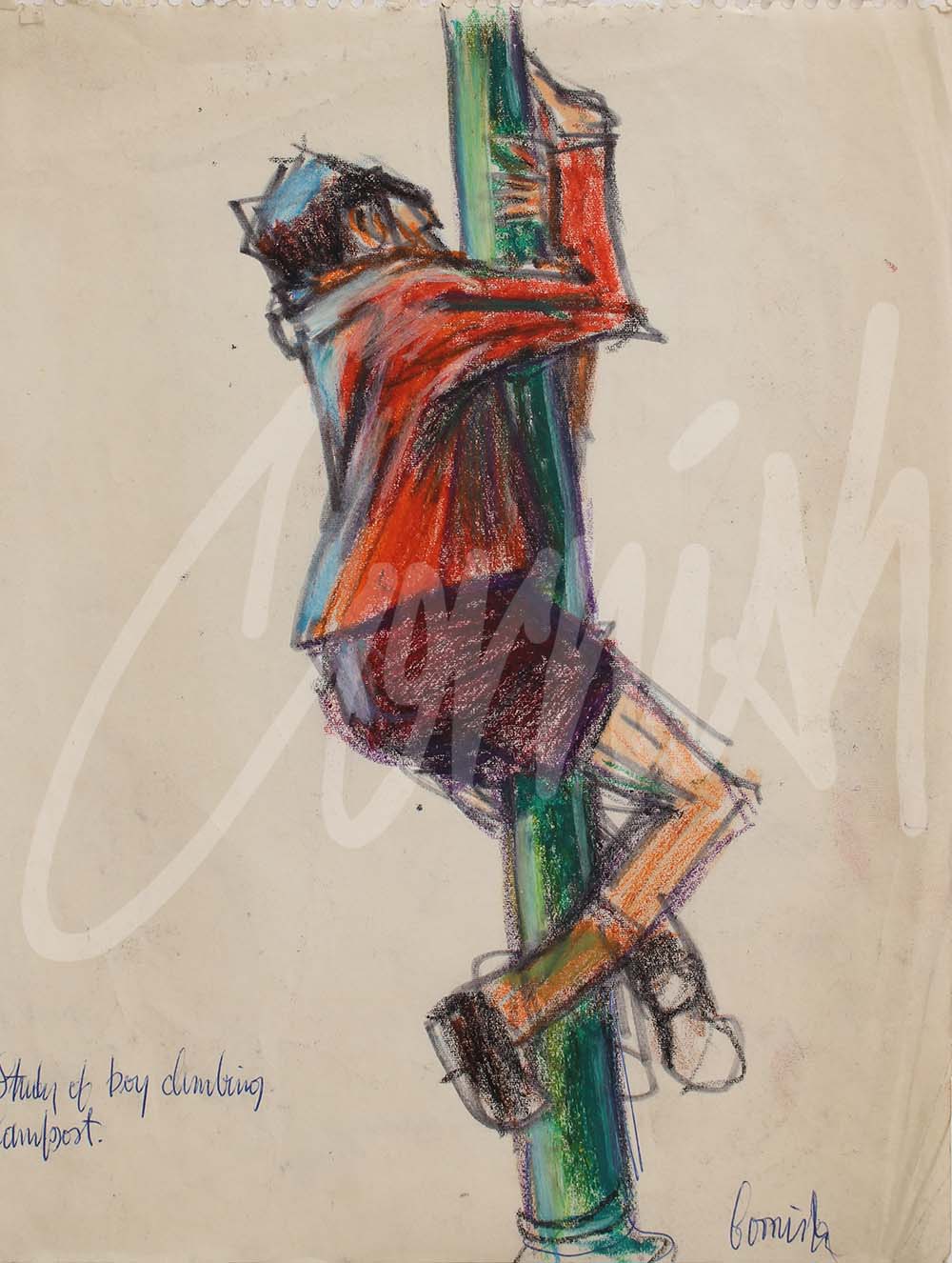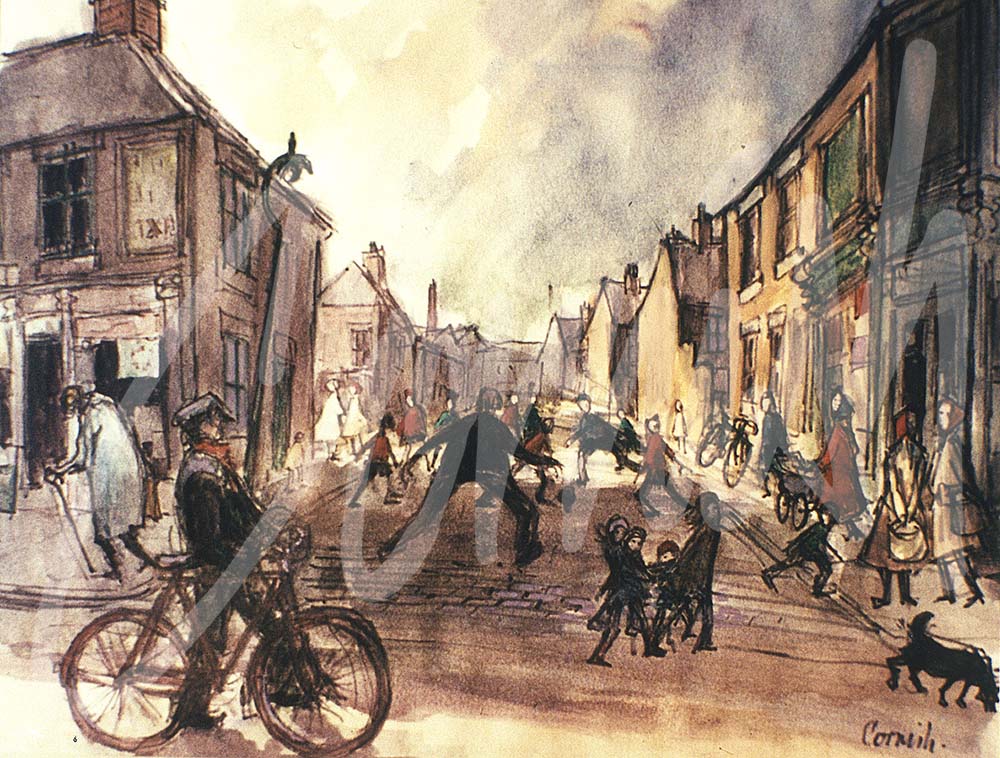
Latest News

The Adventure Alternative:
Many people have a basic desire for some form of adventure and excitement in their lives that can be satisfied in different ways. For some it may be the thrill of watching an exciting film or TV drama, or a natural phenomenon such as the recent violent storms. Others seek the thrill of more dangerous activities not knowing the outcome. But thrilling experiences are no longer the preserve of a limited number of participants.
Working underground in coal mines or other industrial environments was a daunting experience for those who had little choice in employment. It was hardly surprising that the Youth Hostels Association had its roots in Northumberland during the 1930s to provide basic accommodation to help young people of limited means to enjoy the country side.
Growing up in the post war era will have indelible memories for this generation, with some common factors such as cold rooms, tin baths and outside toilets. Children ‘played out’ and residential streets were considered safe places to play unaccompanied. Children were encouraged to be adventurous. Some got dirty climbing trees and lamp posts and grazed knees were common as short trousers were worn. TV was rare and radio programmes were an important source of tales of adventure. Proper winters added to the excitement and adventure before ‘Health and Safety’ curtailed the opportunities to ‘slide on the ice,’ either on frozen ponds or on the school yard. Improvised pram wheels were also put to an alternative use to construct ‘bogies’ of various sizes which were also used in races.
Cornish has chronicled a period of immense social change and, in the days before skate parks, mountain bikes, computers, theme parks and colour TV, he observed socially acceptable adventure which could be found in the immediate environment. His observations of children growing up in communities throughout the country show another slice of their life and times.






